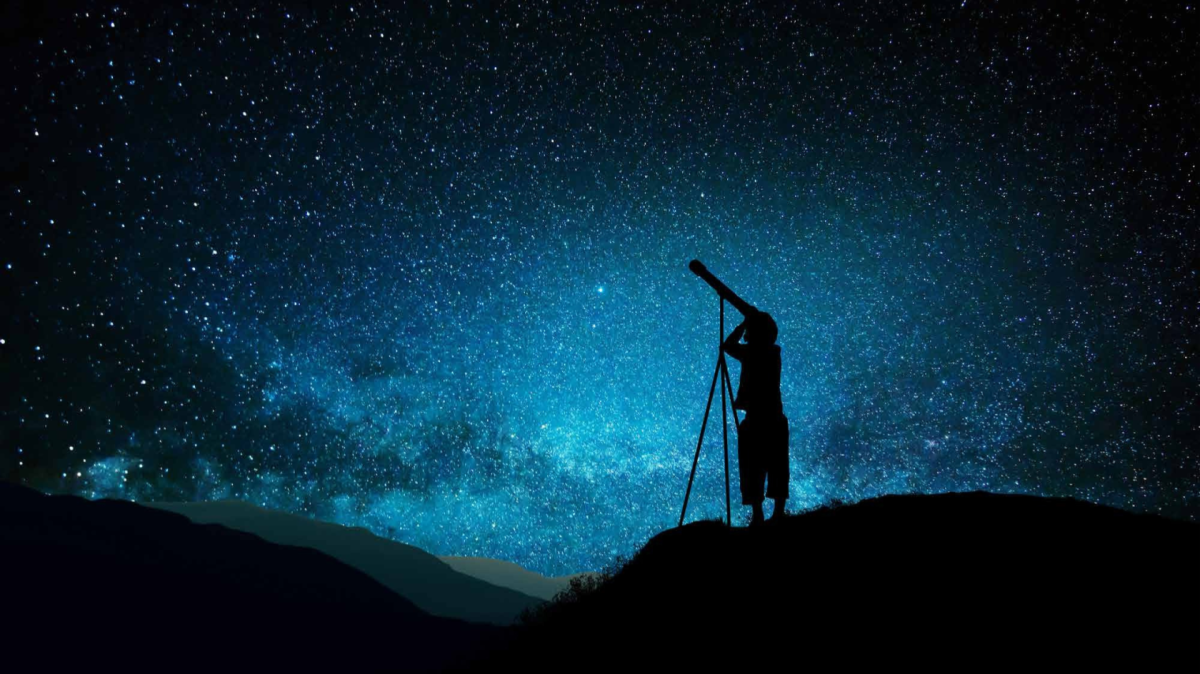As twilight descends, the Milky Way stretches across the heavens – a reminder of our galactic home, formed from the collective light of 200 billion stars.
On a dark night, roughly two thousand stars can be seen, arranged in constellations drawn from Greek myths. The star Vega, part of Lyra and directly overhead in July, serves as a baseline for brightness, with a magnitude of 0. Each magnitude change of one represents a 2.5-fold difference in brightness. Brighter stars have negative magnitudes, while fainter ones are positive.
Long summer days in Ireland are due to the 23-degree tilt of Earth’s axis, culminating in the Summer Solstice on 21 June – the longest day of the year. During these months, true darkness barely arrives, and shimmering Noctilucent Clouds sometimes grade the northern horizon.
For the best views of the Milky Way, avoid bright moonlight and head out near the New Moon on 25 June, 24 July, or 22 August. Through binoculars, the Moon’s craters are also spectacular.
In August, look out for Venus, Jupiter, and Saturn in the early dawn sky. The Perseid meteor shower peaks on 12 August, with up to 150 meteors an hour shooting across the northern sky.
The Summer Triangle, formed by the bright stars Deneb, Altair, and Vega, adorns the night sky. Northward lie Cassiopeia and Perseus – whose double cluster shines in binoculars. The faint glow of the Andromeda Galaxy – 2 million light years away – can also be glimpsed.
Ireland’s dark skies, along with ancient sites like Newgrange and modern observatories, continue to inspire awe in the celestial wonders above.















